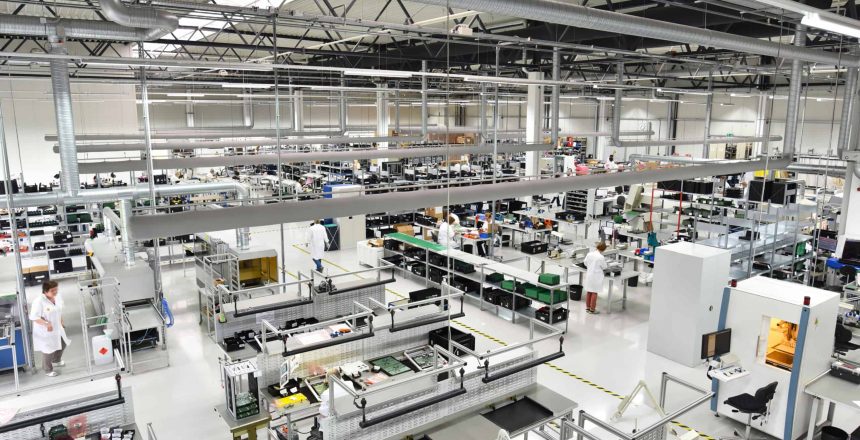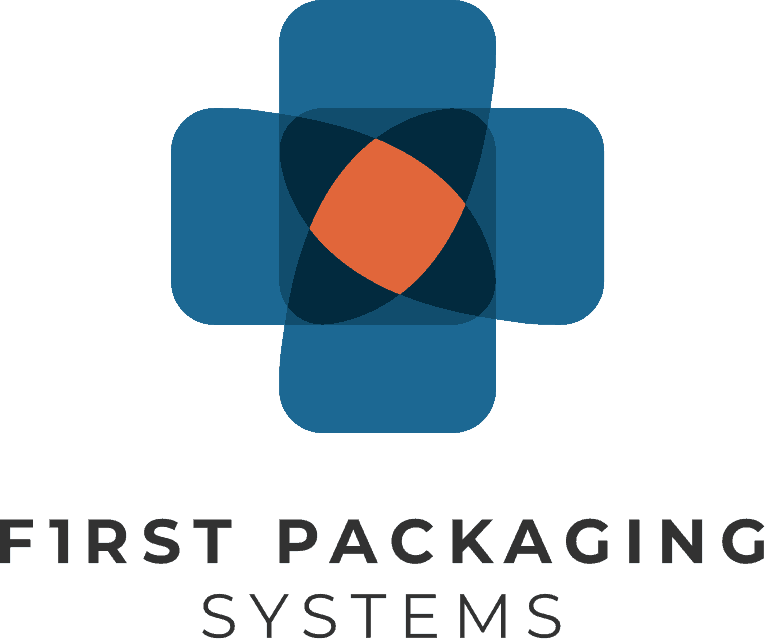This is a problem we see all the time when reviewing companies’ packaging systems. Buyers & cost accountants tend to focus solely on costs per unit when setting up their systems, rather than looking at the entire picture. If your packaging system is based simply on the lowest costs per unit—or even if you are just looking to maximize cost efficiency with your current packaging system—you should read on.
Hard Costs
Many businesses will primarily look at hard costs when setting up their packaging systems & evaluating manufacturing costs. These are supplies, materials and branding elements that have fixed costs associated with them. They are easier to quantify from a cost perspective, so it is easy to understand why packaging managers make this common mistake. Here are some examples of hard packaging costs:
• Graphic Design
• Structural Design
• Packaging Supplies
• Shipping Expenses
• Custom Packaging Manufacturing
• Packaging Equipment
• Labor
The costs per unit method focuses specifically on what it costs to package and ship out each product or whatever you classify as one product “unit” (such as a pallet, a truckload or even a shipping container full of goods). You calculate your costs to package and ship each unit. Sometimes this leads to cutting corners, buying cheaper packaging materials or using a cheaper, yet less efficient shipping method. Maybe you cut back on the graphic design or the structural design of the packaging, and that ultimately costs you when products are on the shelves and lack consumer appeal.
Why Cost-Per-Unit Isn’t Necessarily the Best Method
Therein lies the problem of measuring only on a basis costs per unit. You could be leaving serious money on the table. You have to take a more global approach to your packaging strategy and remember that it is a system—not just a series of hard costs. A better packaging system may actually give you lower costs per unit in the long run with more effective and efficient methods for packaging and distributing your inventory. Or, it makes you more profit on the tail end by helping you produce, ship and sell more products. Investing a little more in your packaging system could boost sales and profitability. It could pay for itself—and then some!
What Are Hidden Packaging Costs?
With this in mind, a more comprehensive overview of your packaging system design needs to be implemented. This includes looking at what we consider “hidden” costs, as well as projected returns as we discussed above with the increased potential for sales and profitability. So, what are these hidden costs? Let’s look at a few to consider:
- Unused Inventory Storage
One thing that is often overlooked in packaging cost calculations is storage. What are you doing with your unused inventory? Is it already packaged and ready to ship? Does it still need to be processed and packaged? Maybe you are a supplier or distributor who likes to buy products and materials in bulk. However, it could be costing you more to store that excess inventory than the bulk prices are worth. Think about the storage space you are using, the cost of owning or leasing the warehouse and other factors to determine if your purchasing and inventory storage systems are actually costing you too much money.
- Labor Time and Efficiency
You might be able to calculate the hard costs of your packaging labor force, but sometimes there are expenses that are overlooked. Are they working at maximum efficiency? Don’t forget to factor in benefits, accident and disability insurance, safety training and a variety of other labor costs. Is there a machine or customized equipment that can do certain jobs more efficiently (such as forming boxes, adding void fill or transporting the packaged products to the shipping port)? Perhaps your labor force could be utilized elsewhere in a more effective manner while certain aspects of your packaging and shipping systems are streamlined through technology and specialized equipment.
- Return on Investment (ROI)
We’ve already touched on this, but it is important to stress. Look for ways to improve your packaging systems and be careful skimping on things like structural package design or graphic design. Yes, these are tangible costs that impact your bottom line. However, you may want to invest a little more time and money upfront on these important product packaging issues if they are going to net more profit in the end. Strategic upfront investments can bring a larger return on investment down the line, whether it’s increased sales or higher profit margins thanks to higher demand for your products.
Working with a packaging systems advisor can make a huge difference as you look to streamline or improve your packaging and shipping systems. This is exactly what we do at First Packaging Systems. We’ll help you increase your bottom line by getting the most out of your packaging system. We utilize technology and custom solutions to upgrade the way your packaging is done.
Contact First Packaging Systems today at (909) 613-5955 or send us an email.

